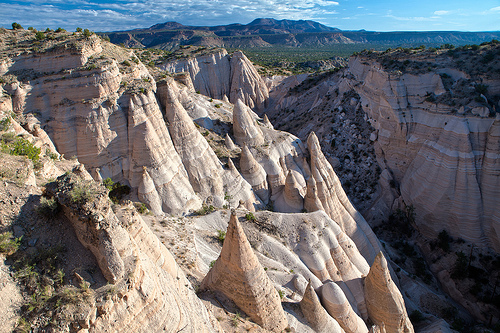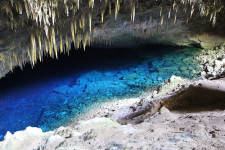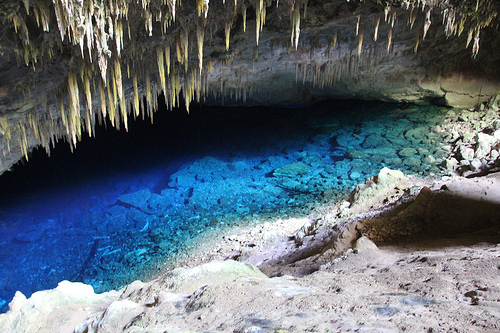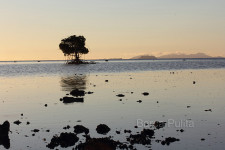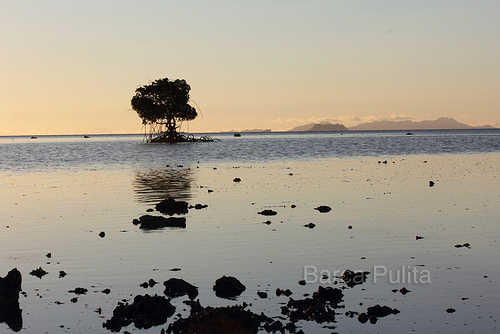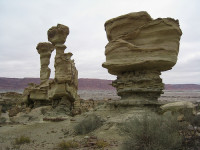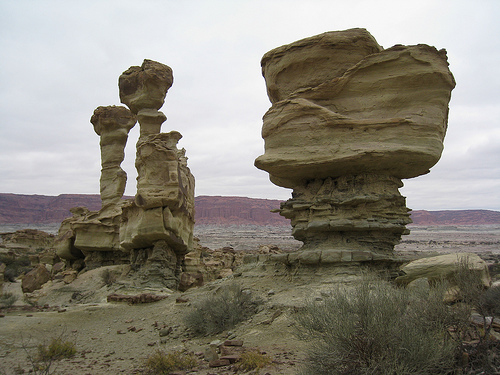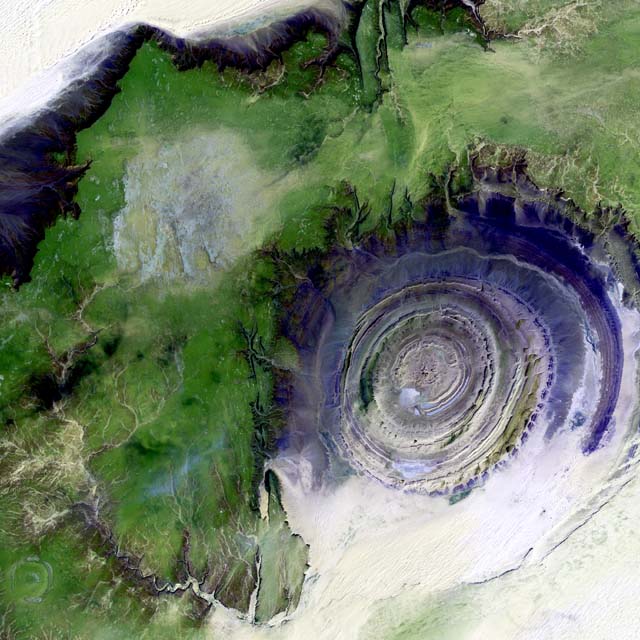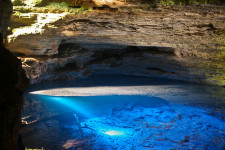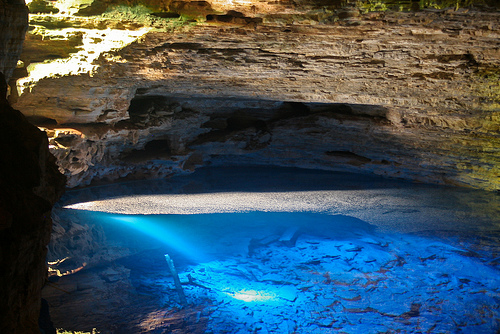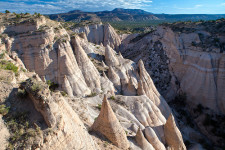
‘Kasha-Katuwe Tent Rocks National Monument’. What a mouthful.
- Kasha-Katuwe Tent Rocks is a site located in the Sandoval County, near the city of Sante-Fe in the United State’s New Mexico.
- ‘Kasha-Katuwe Tent Rocks’ is officially known as ‘Kasha-Katuwe Tent Rocks National Monument’, and ‘Kasha-Katuwe’ refers to the cliffs’ white colour, in the native Keresan language.
- Tall cliffs, made primarily of igneous rock, make up the area of the Kasha-Katuwe Tent Rocks, and they are a likely result of a prehistoric volcanic eruption.
- Kasha-Katuwe Tent Rocks was declared a national monument in early 2001 by the then US President, Bill Clinton.
- A variety of rock formations can be found at Kasha-Katuwe Tent Rocks, such as tall columns with cone shaped tops, known as ‘hoodoos’ or ‘tent rocks’, caused by rain and wind erosion.
Kasha-Katuwe Tent Rocks
Image courtesy of Bureau of Land Management/Flickr
- The tent rocks at Kasha-Katuwe Tent Rocks range in height from 1 to 27.5 metres (3 to 90 feet) and various wildlife may be seen in the area.
- A stark white landscape is created with tuff and pumice rock at Kasha-Katuwe Tent Rocks, and canyons also exist at the site.
- Kasha-Katuwe Tent Rocks features various length walking tracks that range from easy to more difficult, and the site is generally accessible to the public during daylight hours, while a small fee is payable at the entrance.
- Dogs are forbidden at Kasha-Katuwe Tent Rocks, ever since the ban was placed in 2009, and other restrictions are also in place.
- Kasha-Katuwe Tent Rocks covers an area of 18.8 square kilometres (7.3 square miles) and is governed by the US Bureau of Land Management.
Bibliography:
Isom S, Kasha-Katuwe Tent Rocks National Monument in New Mexico, 2015, About.com, http://gosw.about.com/od/newmexicotravelguide/a/tentrocks.htm
Kasha-Katuwe Tent Rocks National Monument, 2015, Wikipedia, http://en.wikipedia.org/wiki/Kasha-Katuwe_Tent_Rocks_National_Monument
Kelley S, Kasha-Katuwe Tent Rocks National Monument, 2014, New Mexico Bureau of Geology & Mineral Resources, https://geoinfo.nmt.edu/tour/federal/monuments/tentrocks/home.html





